Powdery mildew or powdery mildew is one of the main courgette diseases. In reality, it is a problem that also affects other cucurbits, so we are talking about pumpkin, melon, cucumber, watermelon. It is a plant disease caused by various fungal pathogens, the most frequent of which are Podosphaera xanthii And Golovinomyces cichoracearumformerly called Sphaerotheca fuliginea and Erysiphe cichoracearum. These fungi determine the classic appearance of the dusty patina which seriously damages the crop.
So let’s see what are the specific symptoms ofcourgette powdery mildew and all the biological solutions available to farmers, whether professional or amateur, to solve or prevent its proliferation.
Symptoms and damages of powdery mildew on zucchini
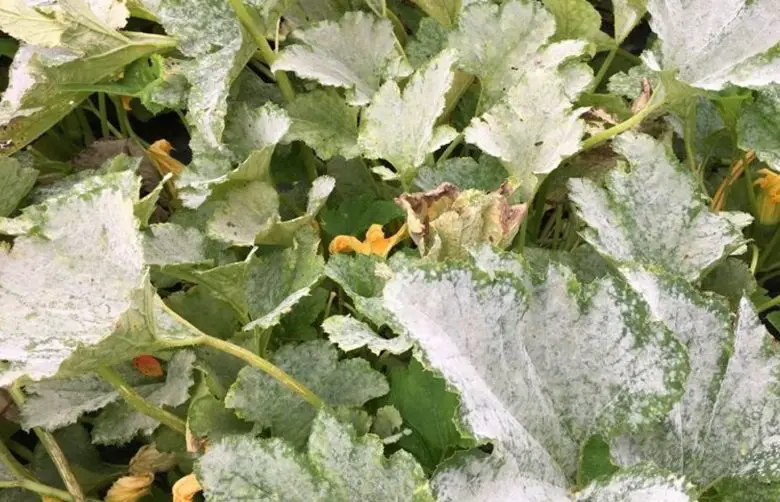
The symptoms of powdery mildew on zucchini plants are very typical and mostly affect the leaves, stems and petioles. The disease initially appears on the leaves, precisely on the underside, where white roundish spots appear. These spots, more or less quickly, multiply extending also to the upper page, then merge together forming extensive white and powdery spots. These spots are nothing more than the mycelial felt of the fungus, made up of the intertwining of hyphae and spores.
As the attack progresses, the leaves turn yellow, curl up and finally dry out (in the most severe cases, the whole plant dries up). The consequences are a considerable loss of production in the affected cultivation (the fungus can attack zuchinis, pumpkins, melons, watermelons, cucumbers and cucurbits in general), but also the quality of those few fruits that the plant is able to produce is affected.
Environmental conditions favorable to courgette powdery mildew
Powdery mildew occurs on courgettes under certain environmental conditions. The outbreak of the disease occurs in an optimal temperature range between 23-25 °C, even if the thermo-hygrometric limits are 10 and 35 °C. These temperatures are associated with high environmental humidity. The conditions described usually occur in fields in spring or late summer-early autumn.
The rains, on the other hand, slow down the disease, as they wash away the mycelia present on the leaf blade.
How to prevent zucchini powdery mildew
The defense against courgette powdery mildew begins with adequate agronomic prevention practices. When let’s plant zucchini in the garden it is important to maintain an adequate planting layout (here you will find ours Complete table of vegetable distances), avoiding to plant the plants too close together. A broad sixth allows for better air circulation among the vegetation, decreasing the humidity rate of the leaf blade, a condition which counteracts the development of powdery mildew.
Another advice is to frequently inspect the plants and eliminate the first leaves affected by the disease. These will be removed from the field.
Finally it is positive respect crop rotationsavoiding grow zucchini always in the same spot in the garden.
Defense of plants with sulphur
In biological agriculture against the powdery mildew of zucchini it certainly has a leading role sulfurboth in the classic format in powder and in liquid solution.
The product is distributed with the sulfur machine on the vegetation, preventing the powdery mildew from taking root. It should be used when the environmental conditions predisposing to powdery mildew occur and then repeated after heavy rains that wash the product. Treatments with sulfur must always be carried out in the cool hours of the day.
Alternative to sulphur
An excellent product that is very effective against courgette powdery mildew, to be used alternatively to sulphur, is the zeolite in micronized powder. This also product (found here)has a protective action on the leaf blade.
Other products allowed in bio
Very useful against the powdery mildew of cucurbits are the sodium bicarbonate And that of potassiumcheap and easy to find products. The bicarbonates sprayed on the leaves create an inhospitable environment for the proliferation of fungal agents, modifying the pH of the leaf blade, bringing it to basic values.
Microorganisms
Finally, in the fight against courgette powdery mildew, the use of the microorganism is very interesting Ampelomyces quisqualis, to be used, however, with appreciable results as a preventive measure. This microorganism prevents or stops the proliferation of spores.

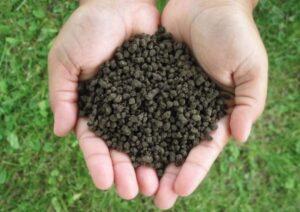
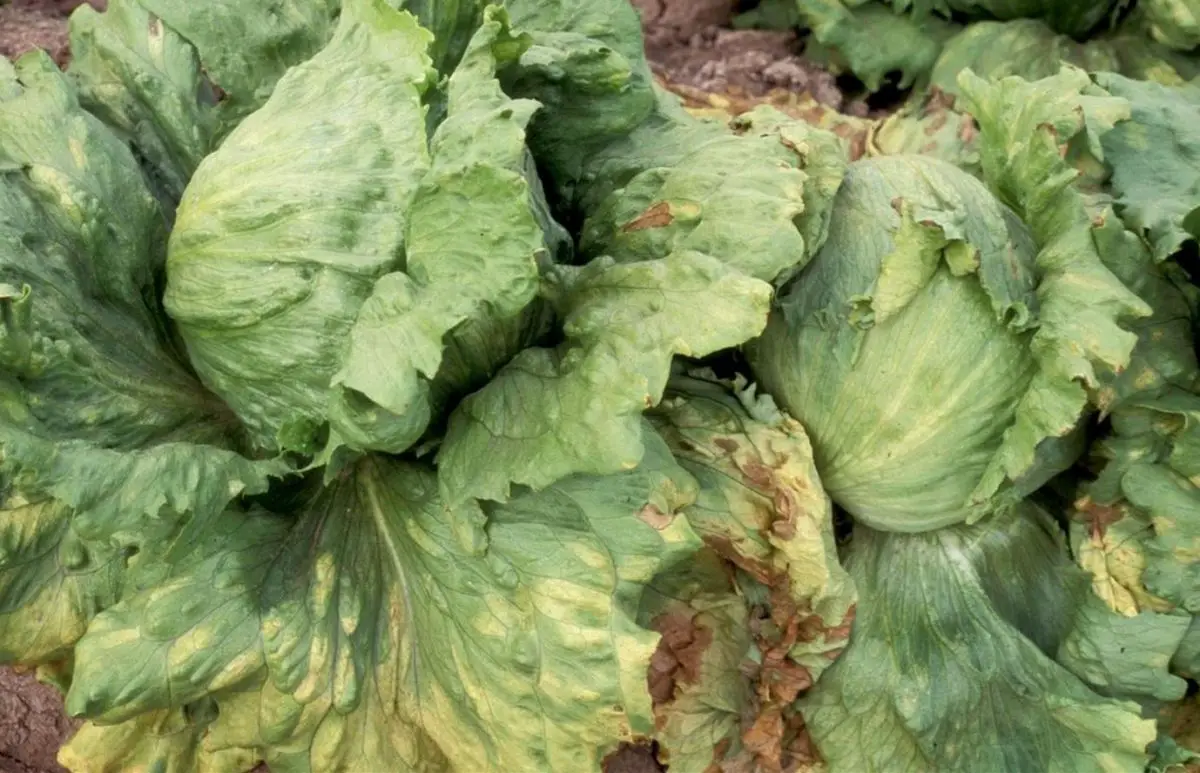
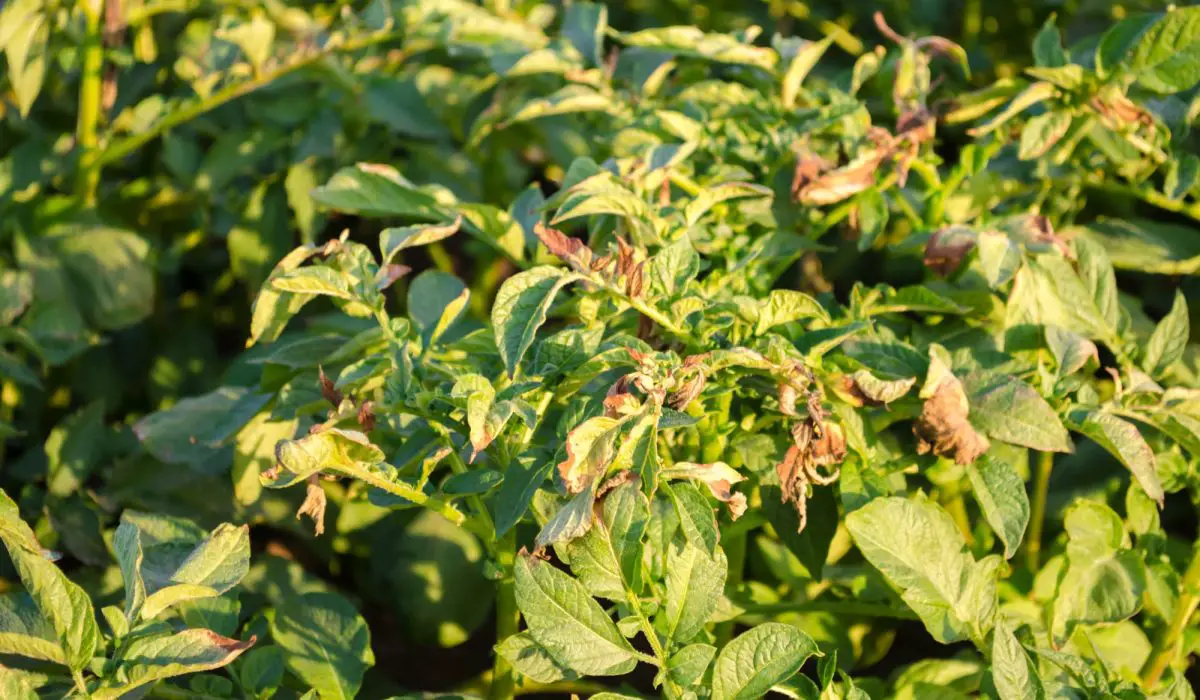

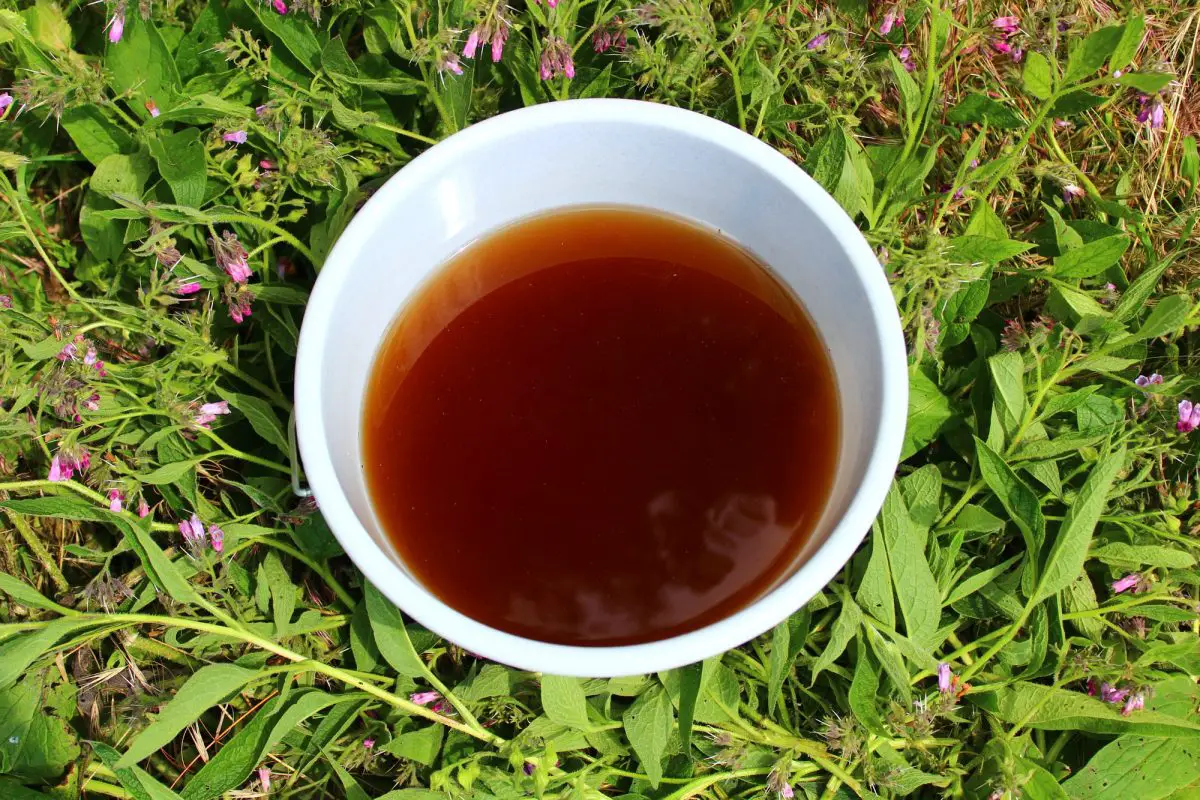
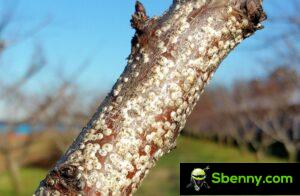
Start a new Thread